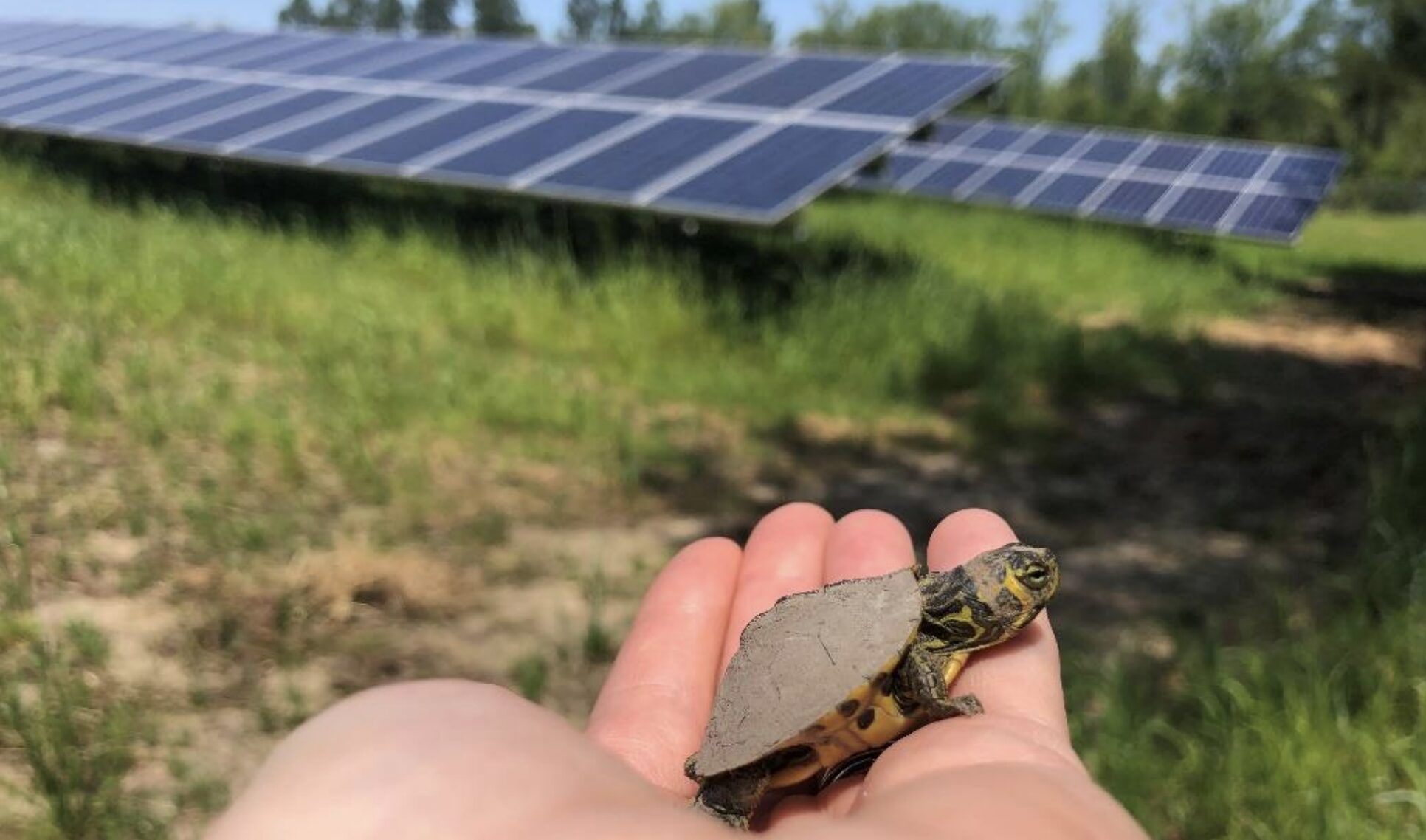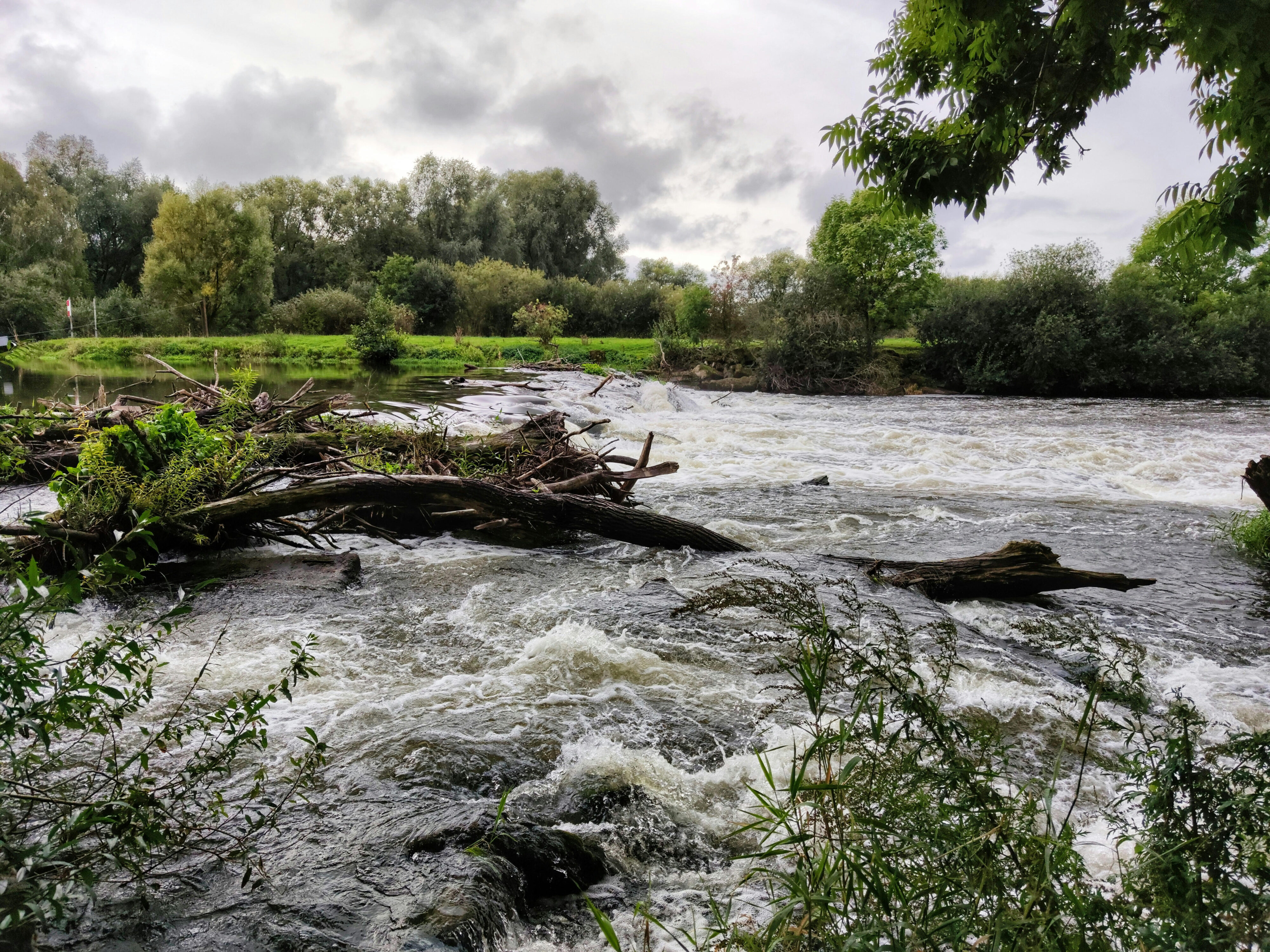A Sustainable Way to Think About Safety
Every year, over 500 billion pounds of plastics are used globally. Unfortunately most plastics are quite flammable and additives known as flame retardants (FR) are often added to plastics or coated on textile fabrics to reduce flammability. Majority of commercially used FR are based on halocarbons, antimony trioxide, phosphorous-based compounds or metal oxides. We come in contact with these everyday – while driving a car or riding a bus full of plastic components and upholstery treated with FR compounds to minimize the risk of fire. First responders and soldiers battle fire wearing fireproof suits containing these additives on a daily basis.
Although effective in imparting fire retardancy, some of these halogenated FR are extremely toxic, environmentally persistent and leach out from polymers increasing our risk to a variety of health disorders, including cancer. Realizing this hazard, the use of certain types of halogenated FR has already been banned by the European Union and in several states in U.S.A. Still, over a billion pounds of FR additives are used commercially worldwide each year.
The UMASS Lowell research team has developed a new class of non-halogenated flame retardant materials by transforming naturally occurring phenols into polymeric FR additives. The synthesis can be performed using clean and environmentally friendly biocatalytic / biomimetic methods as well as using conventional chemical methods. One of the raw materials used is cardanol (a natural phenol) – an inexpensive, renewable and biodegradable byproduct (oil) derived from cashew nut processing.
This project demonstrates the ability to transform a waste byproduct obtained from a renewable source into a value added product with the potential to replace toxic halogenated FR. This new class of FR can eliminate or reduce the use of toxic halogenated FR, contribute to preserving our ecosystem and have a profound positive impact on people’s health and lives.




















